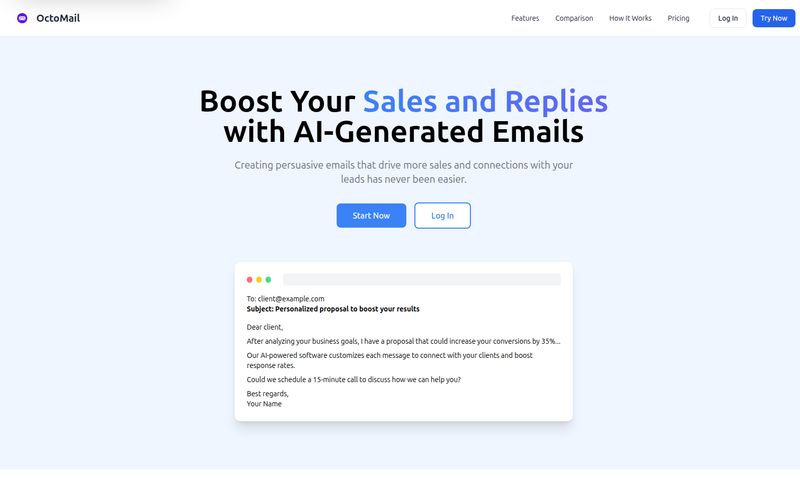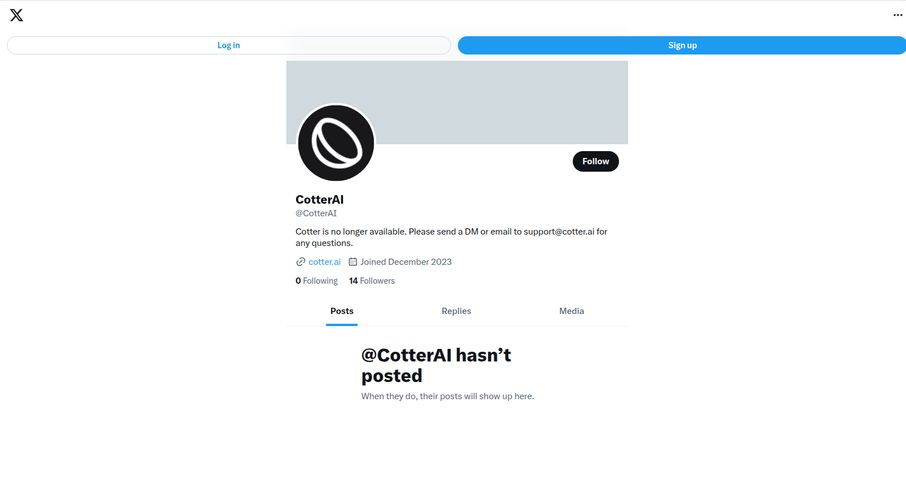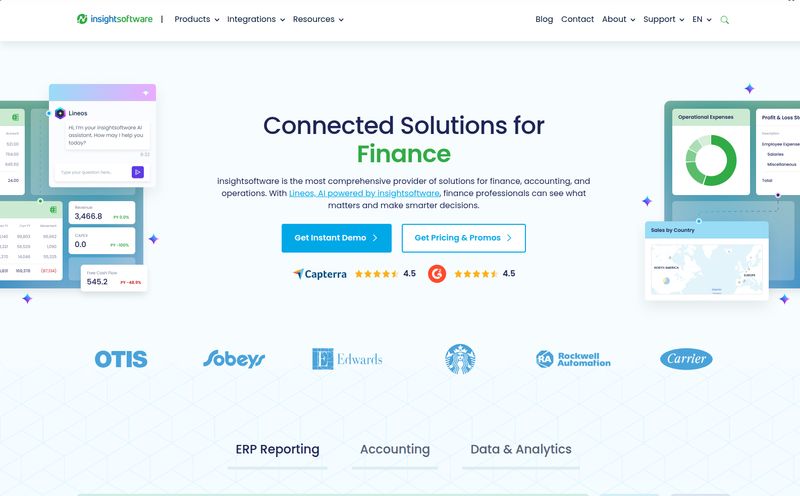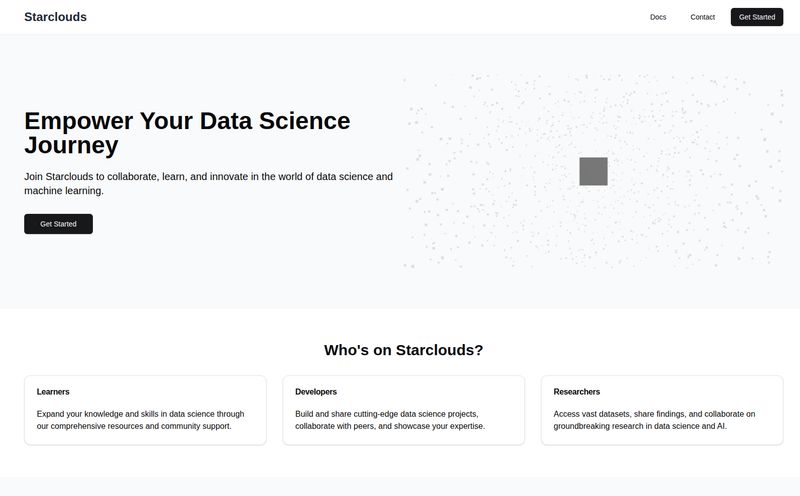Let’s have a little chat. You and me. As fellow digital marketing pros, we know the grind. Juggling clients, managing campaigns, and constantly trying to prove ROI is just another Tuesday. And when it comes to programmatic advertising… well, that’s a whole other beast. For years, the choice for agencies has been either to rely on the big, branded 'walled gardens' of Google and Meta, or to try and piece together a monstrously complex and expensive ad-tech stack. It’s exhausting.
So when a platform like Humming comes along, promising to let you run sophisticated ad campaigns across a massive network—all under your own brand—my ears perk up. It sounds almost too good to be true, right? A white-label solution that gives you the power without forcing you to build the engine from scratch.
I’ve spent a lot of time in the trenches of CPC and traffic generation, so I decided to pop the hood on Humming and see if it's really the game-changer it claims to be. This isn't going to be a rehash of their marketing copy. This is my honest, been-there-done-that take.
What Exactly is Humming? The 30,000-Foot View
At its core, Humming is a white-label programmatic ad buying platform. That’s a mouthful, I know. Let's break it down. Think of it as a powerful engine for buying ad space automatically across the internet. You tell it who you want to reach, how much you want to spend, and what you want to achieve. The platform then goes out and finds the best spots to place your ads on websites, mobile apps, podcasts, and even streaming TV services like Roku and Max.
The real magic, and the part that matters most to agencies, is the 'white-label' bit. Humming lets you put your agency’s logo and branding all over the platform. When you present a performance report to your client, it looks like it came from your proprietary, in-house technology. It's a massive credibility booster. You're no longer just 'the agency that runs our Google Ads'; you're the agency with its own powerful, all-encompassing advertising suite. It’s a perception shift, and in our business, perception is half the battle.
The Features That Actually Matter to Agencies
A platform can have a million features, but only a handful truly make a difference in your day-to-day workflow. After looking through Humming, a few things really stood out to me as genuinely useful for an agency setting.
The Power of Your Own Brand
I can't stress the white-labeling aspect enough. I've seen agencies struggle for years to build brand equity. Having clients log into a dashboard with your logo on it, seeing reports generated by 'your' system… it changes the conversation. It builds stickiness. It makes your agency look more sophisticated and integrated. It’s the difference between renting a fancy car and owning it.
Automated Campaign Building: Your New Best Friend
If you've ever spent a whole afternoon setting up a multi-layered programmatic campaign, you know the pain. The tedious targeting settings, the endless placement lists, the budget pacing... it can be a real drag. Humming's promise of automated campaign building is a huge sigh of relief. The idea is to reduce the time you spend on the menial setup tasks so you can focus on what clients actually pay you for: strategy, creative thinking, and analysis. Its a powerful tool for scaling your operations without scaling your headcount at the same rate.
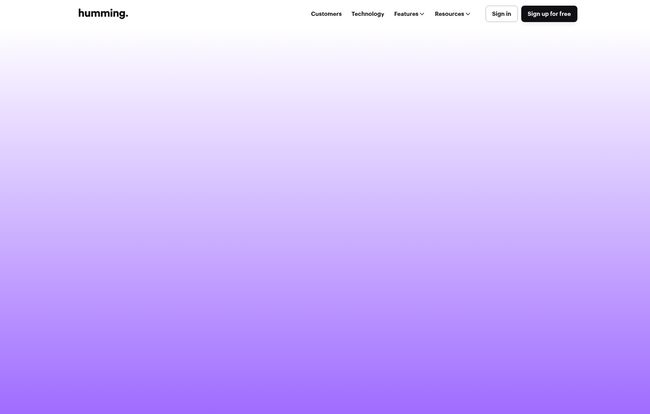
Visit Humming, Inc
Analytics and Reporting That Won’t Make Your Eyes Glaze Over
Another agency pain point: reporting. You need to show your clients what's working, but standard dashboards can be either too simplistic or an overwhelming firehose of data. Humming boasts powerful, customizable analytics. This means you can (in theory) create reports that are tailored to each client's specific KPIs. Are they focused on brand awareness? You can highlight reach and frequency on premium publishers. Are they all about conversions? You can zero in on the CPA and ROAS. This flexibility is critical for telling the right story with your data.
Retargeting and Conversion Tracking to Close the Loop
Getting clicks is easy. Getting conversions is what keeps clients paying their invoices. Humming provides a plugin for retargeting and conversion tracking, which is absolutely essential. This is what allows you to follow up with users who visited a client's site but didn't buy, and more importantly, to attribute a sale back to a specific ad. Without this, you're flying blind, just hoping your ad spend is doing something useful.
The Publisher Network: Where Your Ads Actually Live
Okay, this is where I got genuinely impressed. An ad platform is only as good as its inventory. You can have the slickest interface in the world, but if your ads are only showing up on questionable, low-traffic blogs, what's the point?
Humming lists some seriously premium publishers in its network. We’re talking placements on:
- Streaming TV/Video: Roku, Max, PlutoTV, Peacock, fuboTV, Sling
- News & Business: Forbes, The Washington Post, The Wall Street Journal, Bloomberg, Business Insider
- Major Broadcasters: ESPN, FOX, FX, HGTV, The CW
- Lifestyle & Culture: TIME, People, National Geographic
This is not remnant inventory from the dark corners of the web. This is prime digital real estate. For clients concerned with brand safety, being able to say their ads could appear on sites like these is a massive selling point.
The Good, The Bad, and The… Vague
No platform is perfect. Let's get real about the pros and cons. I like to think of it as a balanced view of what you're getting into.
What I Really Like About Humming
The big win is consolidating power. It’s an all-in-one package for agencies that want to punch above their weight class in programmatic advertising. The combination of the white-label interface and the top-tier publisher network is a potent one. The automation saves time, and the analytics help you prove your worth. It’s a compelling proposition for any agency looking to scale its ad services.
Things to Keep in Mind
Of course, there are trade-offs. When you use a platform like Humming, you are inherently tied to their ecosystem. You're using their ad-buying 'pipes', their reporting tools, and their plugins. This isn't necessarily bad—it's convenient—but it does mean you're dependent on them. If they have an outage, you have an outage. Also, like any sophisticated piece of software, there's going to be a learning curve. Don’t expect to sign up and be an expert in an hour. You'll need to invest time to really get the most out of it.
The Vague Part: Let's Talk Pricing
And now, the elephant in the room. The price. I did what any good SEO does and went hunting for a pricing page. And you know what I found? A “Page Not Found” error. Classic.
The site prompts you to “Sign up for free.” In the world of B2B SaaS, this is code for: “We want to talk to you.” This isn’t a Netflix subscription; it’s a tool for businesses, and the pricing is almost certainly customized. It likely depends on your agency’s size, your clients' ad spend, and the features you need. While I always prefer transparent pricing, this model is common in the ad-tech space. It means you'll have to get on a call with a sales rep to get the real numbers. So, 'free to sign up' means 'free to start a sales conversation'. Just be aware of that going in.
So, Who is This Really For?
After digging in, I have a pretty clear picture of the ideal Humming user. This platform seems perfectly built for:
- Small to Mid-Sized Digital Agencies: The kind that want to offer comprehensive programmatic ad services but don't have the resources or desire to build their own ad-tech department from the ground up.
- Marketing Consultants: Freelancers or solo consultants managing a portfolio of clients would find the ability to manage everyone under one white-labeled roof incredibly efficient.
- In-House Marketing Teams: I could also see this working for a brand's internal team that wants to bring its programmatic buying in-house without the massive overhead of licensing a major DSP directly.
If you're a massive, multinational agency with your own custom-built trading desk, this might be too simple for you. But for the 90% of other agencies, it seems to hit a very sweet spot.
My Final Thoughts on Humming
So, what's the verdict? Humming strikes me as a genuinely useful and smartly positioned tool. It solves a real, persistent problem for marketing agencies: how to offer powerful, multi-channel advertising services in a scalable and profitable way, all while building your own brand.
The premium publisher network is a huge plus, addressing brand safety concerns head-on. The potential downsides—platform dependency and a learning curve—are standard for any tool of this nature. The opaque pricing is the only real question mark, but it's a question that can be answered with a demo call.
If you're an agency principal or a marketing manager feeling the limitations of your current toolkit, I think exploring Humming is a no-brainer. It could very well be the secret weapon you've been looking for to streamline your operations and seriously impress your clients.
Frequently Asked Questions About Humming
- Is Humming a DSP?
- Essentially, yes. It functions as a Demand-Side Platform (DSP) but is packaged as an easy-to-use, white-label solution specifically for agencies and marketers. It gives you access to programmatic ad inventory without the complexity of a traditional trading desk.
- Can I use Humming for just my own business, or is it only for agencies?
- While its features are clearly geared towards agencies managing multiple clients, there’s nothing stopping a single business from using it. If you have a sufficient ad budget and want to manage campaigns across multiple channels from one place, it could be a great fit.
- What does 'white-label' really mean in this context?
- It means you can remove all of Humming's branding and replace it with your own. Your clients would see your agency's logo and colors within the platform's dashboard and on all performance reports, making it look like your own proprietary technology.
- How does Humming's automated campaign building work?
- While the exact mechanics are proprietary, it likely uses a combination of pre-set templates and machine learning. You would input your campaign goals (e.g., brand awareness, website traffic, conversions), target audience, budget, and creative assets, and the platform would then configure the optimal campaign settings to save you manual setup time.
- Is my ad placement on premium sites like Forbes or Roku guaranteed?
- Humming provides access to the ad auctions on these premium sites and apps. However, actual placement is not guaranteed. It depends on real-time bidding (RTB), your campaign's budget, your targeting parameters, and the available inventory at any given moment. It gives you the opportunity to appear on those sites.
